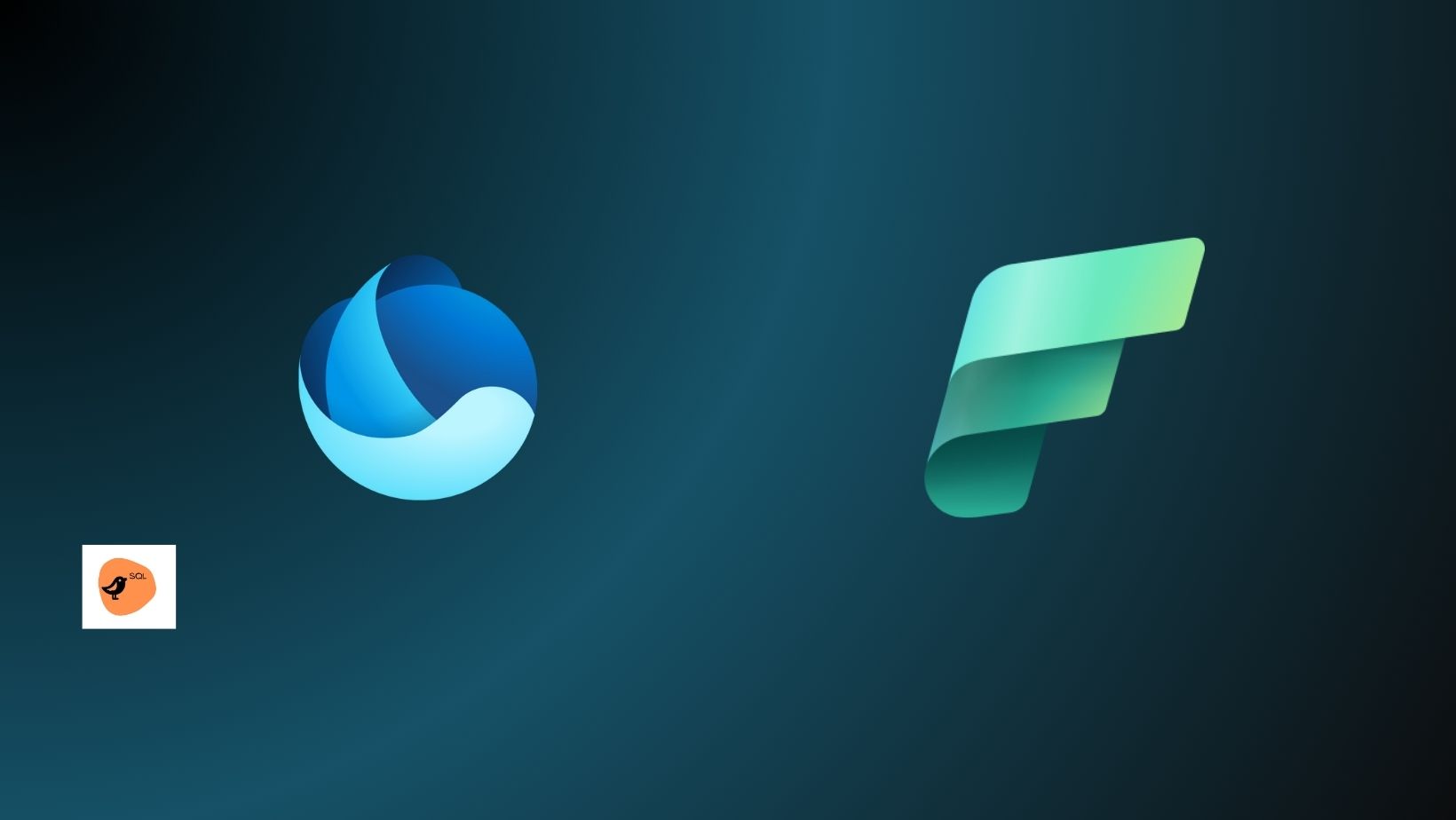
Microsoft OneLake
OneLake is a single, unified, logical data lake for the whole organization. Like OneDrive, OneLake comes automatically with every Microsoft Fabric tenant and is designed to be the single place for all your analytics data.
OneLake brings customers:
-One data lake for the entire organization
-One copy of data for use with multiple analytical engines
One organization one data lake
- Currently, customers create multiple data lakes for different purposes and business groups which comes with its own challenges of managing multiple resources. OneLake focuses on removing these challenges by improving collaboration.
- Every customer tenant has exactly one OneLake. There can never be more than one and if you have Fabric, there can never be zero. OneLake is provisioned automatically with every Fabric tenant with no extra resources to set up or manage.
OneLake Governance
- OneLake is Governed by default with distributed ownership for collaboration.
- Tenant concept is a very unique benefit of any SaaS service like OneLake.
- It provides a natural governance and compliance boundary which is controlled by tenant admin.
- Any number of workspaces can be created within a tenant, workspaces enable different parts of an organization to distribute ownership and access policies.
- Each workspace is part of a capacity that is tied to a specific region and is billed separately.
- Within a workspace, you can create data items, and all data in OneLake is accessed through data items. Similar to how Office stores Word, Excel, and PowerPoint files in OneDrive, Fabric stores lakehouses, warehouses, and other items in OneLake.

OneLake File Explorer
OneLake is the OneDrive for data. Just like OneDrive, OneLake data can be easily explored from Windows using the OneLake file explorer for Windows. Directly in Windows, you can navigate all your workspaces, and data items, easily uploading, downloading, or modifying files just like you can do in office. The OneLake file explorer simplifies data lakes putting them into the hands of even nontechnical business users.
OneLake Shortcuts
- Shortcuts in Microsoft OneLake allow you to unify your data across domains, clouds, and accounts by creating a single virtualized data lake for your entire enterprise.
- All Fabric experiences and analytical engines can directly connect to your existing data sources such as Azure, AWS, and OneLake through a unified namespace.
- Permissions and credentials are all managed by OneLake, so each Fabric experience doesn’t need to be separately configured to connect to each data source.

One copy of data with multiple analytical engines
When it comes to reusing the data across various other computing engines it’s always very difficult. But with Fabric, the different analytical engines (T-SQL, Spark, Analysis Services, etc.) store data in the open delta parquet format to allow you to use the same data across multiple engines. There’s no longer a need to copy data just to use it with another engine. You’re always able to choose the best engine for the job that you’re trying to do.
For example, imagine you have a team of SQL engineers building a fully transaction data warehouse. They can use the T-SQL engine and all the power of T-SQL to create tables, transform, and load data to tables. If a data scientist wants to make use of this data, they no longer need to go through a special Spark/SQL driver. All data is stored in OneLake in delta parquet format. Data scientists can use the full power of the Spark engine and its open-source libraries directly over the data.

Example diagram showing loading data using Spark, querying using T-SQL and viewing the data in a Power BI report.
Feedback is always appreciated. cheers 🥂
Reference- Microsoft